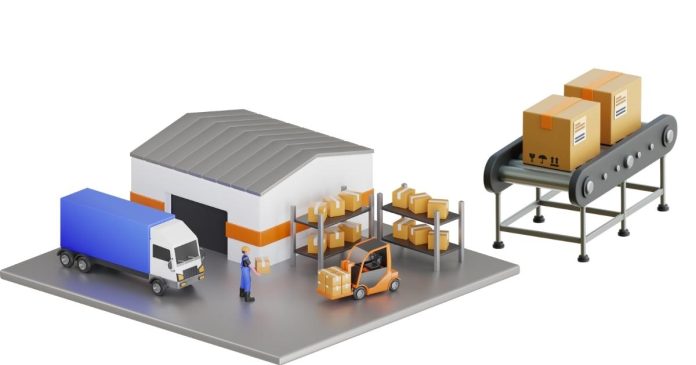Data warehouses can be categorized based on their architecture, purpose, or design. Here are the main types of data warehouses:
1. Enterprise Data Warehouse (EDW)
- Purpose: Serves as a central repository for an entire organization’s data.
- Features:
- Stores data from various departments and business units.
- Provides a comprehensive view for decision-making across the enterprise.
- Can integrate data from multiple sources, including transactional databases, external systems, and legacy systems.
- Example Use Case: A large organization needing consolidated data for reporting, analysis, and decision-making.
2. Operational Data Store (ODS)
- Purpose: Stores real-time or near-real-time transactional data for operational use.
- Features:
- Designed for fast querying and reporting of current data (often used for day-to-day operations).
- It is usually more normalized than a traditional data warehouse.
- Typically focuses on short-term data storage and operational reporting.
- Example Use Case: A retail company needs up-to-the-minute transactional data for immediate business decisions (e.g., sales trends, inventory status).
3. Data Mart
- Purpose: A subset of the data warehouse, focused on a specific business area or department.
- Features:
- Provides specialized data for a particular group within an organization (e.g., marketing, sales, finance).
- More focused and smaller in scope compared to an EDW.
- Can be dependent on the enterprise data warehouse or independent if created separately.
- Example Use Case: A marketing team wants to analyze customer behavior and campaign effectiveness, so a data mart is created specifically for their needs.
4. Cloud Data Warehouse
- Purpose: A data warehouse hosted on a cloud platform, offering scalability, flexibility, and cost-effectiveness.
- Features:
- Provides on-demand scalability and high availability.
- Uses cloud services like Amazon Redshift, Google BigQuery, and Snowflake.
- Often incorporates modern architecture such as columnar storage, serverless compute, and parallel processing.
- Example Use Case: An organization looking for a cost-effective, scalable solution without maintaining physical infrastructure.
5. Hybrid Data Warehouse
- Purpose: Combines on-premise data warehouse systems with cloud-based data storage and processing.
- Features:
- Offers flexibility to manage both historical data on-premises and scalable, real-time data processing in the cloud.
- Helps organizations transition from on-premises infrastructure to the cloud.
- Example Use Case: A company wants to keep critical legacy systems on-premise but leverage cloud capabilities for newer data sources and real-time analytics.
6. Virtual Data Warehouse
- Purpose: Uses data virtualization techniques to provide access to data across multiple systems without physically moving the data into a centralized warehouse.
- Features:
- Data is kept in its original location, and queries are processed in real-time across diverse sources.
- Allows access to data from multiple databases, applications, and external systems without needing a physical copy of the data.
- Example Use Case: An organization with diverse data sources (e.g., multiple CRM and ERP systems) needing a unified reporting view without the complexity of data movement.
7. Real-Time Data Warehouse
- Purpose: Designed to store and process data continuously, providing up-to-the-minute insights.
- Features:
- Supports real-time or near-real-time data loading and analysis.
- Typically uses streaming data technologies and event-driven architectures.
- Ensures that the data is constantly updated and available for real-time analytics and decision-making.
- Example Use Case: A financial services company requiring up-to-the-minute transaction analysis for fraud detection.
8. Independent Data Warehouse
- Purpose: A standalone data warehouse that does not rely on other systems.
- Features:
- Data is sourced, processed, and stored entirely within the data warehouse system.
- Often used for specific, isolated business requirements or smaller organizations.
- Example Use Case: A small company implementing a data warehouse to store and analyze customer sales data independently.
9. Dependent Data Warehouse
- Purpose: Relies on data sourced from other systems, such as operational systems or external data sources.
- Features:
- Data is extracted, transformed, and loaded (ETL) from external sources before being stored in the warehouse.
- Often used by large organizations or those with complex data integration needs.
- Example Use Case: A large company aggregating data from various operational databases (e.g., finance, HR, marketing) into a single data warehouse for reporting.
Each type of data warehouse serves a different purpose and provides unique advantages depending on an organization’s size, data needs, and infrastructure requirements.


